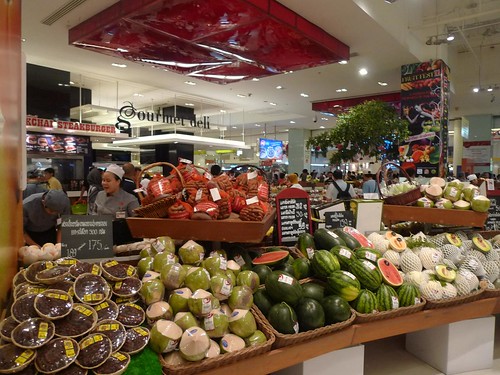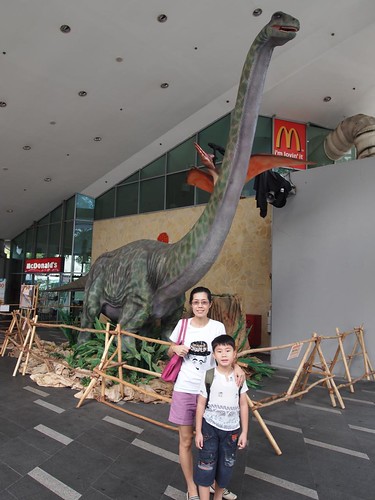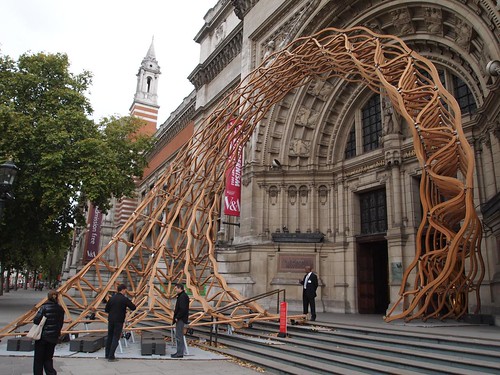
Preetam Rai of Global Voices Online (courtesy of GovCamp Singapore)
In an ideal Web 2.0 enabled world populated by active and engaged citizens, the public would be engaged, empowered and encouraged to use social technologies and digital tools to build a better society. As the government does not have a monopoly on ideas, it would be critical for citizens to help themselves so to speak.
What then are some of the developments in this area, and how can one take that tentative first step forward? Well, there are lots of food for thought from three sessions which I recently attended at the second Govcamp Singapore.








